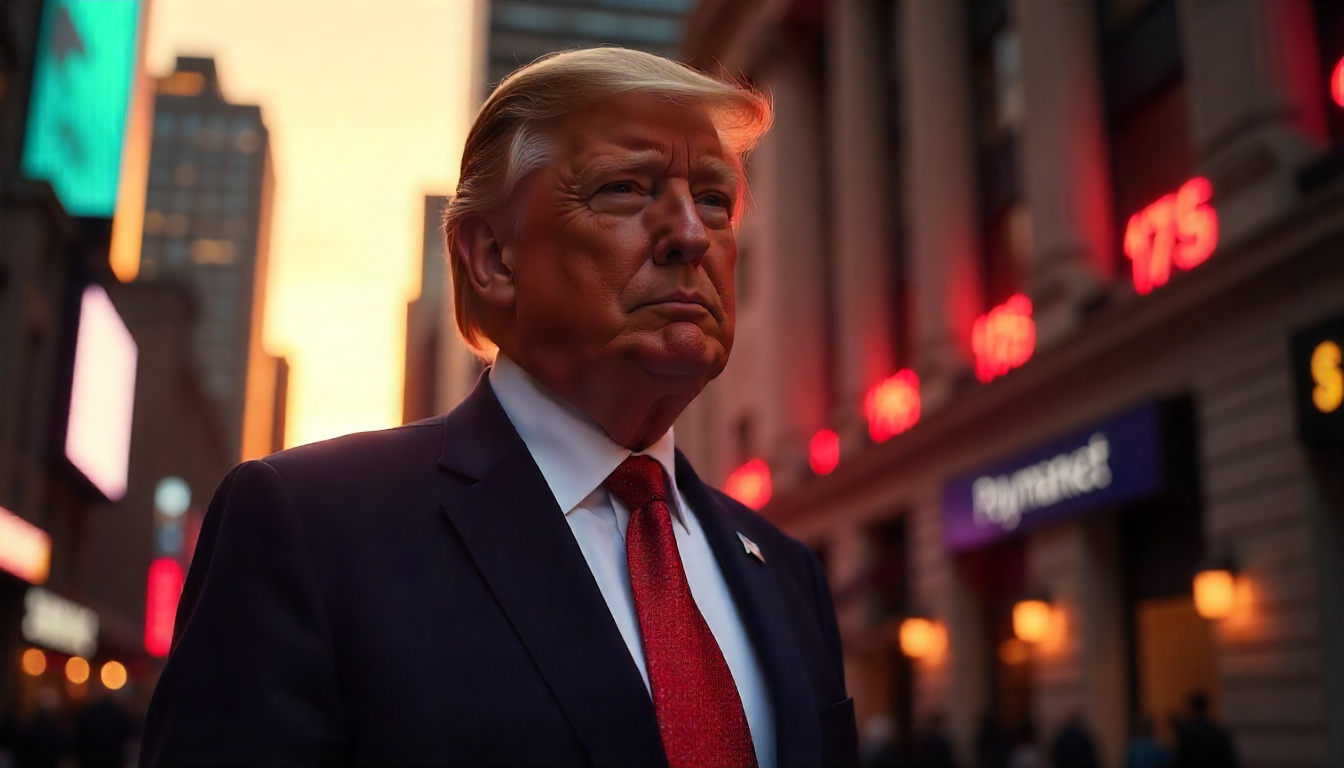Crypto Money Managers Revive Outdated TradFi Strategies for Big Gains
The evolving landscape of cryptocurrency hedge funds is providing money managers with a unique opportunity—revisiting trading strategies that became obsolete in traditional finance (TradFi) over a decade ago.
A Prime Opportunity for Crypto Hedge Funds
According to Chris Solarz, Chief Investment Officer of digital assets at Amitis Capital, there has never been a better time to allocate capital to crypto hedge funds. Amitis Capital, a firm specializing in a crypto-focused fund of funds, strategically invests in various asset managers within the sector.
“This is the golden age for crypto hedge fund investing,” Solarz remarked in a recent interview with CoinDesk. Formerly overseeing nearly $8 billion in allocations at Cliffwater, an investor advisory firm, Solarz believes the crypto sector presents an unparalleled alignment of factors. “The beta, the secular tailwind—blockchain technology has immense potential. At the same time, the universe of competent money managers is so limited that picking winners feels like shooting fish in a barrel.”
Crypto markets remain relatively young, allowing money managers to deploy trading strategies that date back 35 years to TradFi’s nascent hedge fund era. In contrast, traditional hedge funds have faced increasing competition over the decades, making it harder to achieve market-beating returns.
A Less Competitive Landscape
In 1990, there were only 127 hedge funds managing around $39 billion in assets. By 2024, that number had surged to over 10,000 funds overseeing a massive $5 trillion. This increased competition has significantly reduced the edge that hedge funds once had.
Currently, the crypto sector remains vastly less competitive, with approximately 1,650 hedge funds managing $88 billion in assets. Solarz argues that crypto’s hedge fund market is at least 10 times less competitive than traditional markets, enabling managers to repurpose trading strategies that lost effectiveness in TradFi due to market saturation and commoditization.
“I meet 20 managers in crypto, and 19 of them shouldn’t be running money,” Solarz observed. “Many are young and lack experience. They tell me, ‘We’re investing in Bitcoin, Ethereum, and Solana.’ And I ask, ‘Why should I pay you 20% for that?’ If I’m paying a manager, I expect more than what I could do myself or through an ETF.”
Solarz anticipates that crypto will continue offering asymmetric opportunities until blockchain technology becomes fully integrated into the financial sector. Just as no one today refers to their company as a ‘dot-com’ business because every firm operates online, the same will happen with crypto. He predicts that Bitcoin could reach gold’s market capitalization within the next decade, further cementing its role in mainstream finance.
The End of Altcoin Seasons
Solarz categorizes crypto hedge funds into three main groups:
- Venture funds: Provide capital to startups.
- Liquid directional funds: Bet on market movements.
- Liquid market-neutral funds: Generate returns irrespective of price swings.
For liquid directional funds, Solarz prioritizes the manager’s process and risk management over their specific investment thesis. He evaluates factors such as investment strategy repeatability, macroeconomic perspectives, and past performance data to determine value generation.
“Avoiding big losers is easy. Picking consistent winners is the real challenge,” he said. “If something seems off or lacks a solid investment process, it’s an easy pass. But outperforming every year always involves a bit of luck.”
Solarz also argues that the days of all cryptocurrencies rising in tandem—the so-called altcoin seasons—are over. With nearly 40 million tokens in circulation, he expects 99.99% of them to eventually become worthless. “There are only about 100 worth discussing,” he stated.
Moreover, he estimates that the crypto market will require at least $300 billion in new capital over the next three years to sustain current price levels. This is due to large token unlocks set to flood the market. With the liquid token market for hedge funds around $30 billion and retail investors shifting focus to memecoins, there is little demand to absorb the excess supply.
“This supply overhang is why we won’t see a broad altcoin bull market anytime soon,” he explained.
The Strength of Market-Neutral Strategies
Historically, venture capital (VC) funds have attracted five times more investment than liquid crypto funds, primarily because VC firms can conceal mark-to-market losses more easily. However, Amitis Capital sees more promising opportunities in liquid strategies. Solarz has allocated capital across 14 funds—three in VC, four in liquid directional strategies, and seven in market-neutral strategies.
“Institutional investors focus on not losing money, whereas family offices aim to compound returns,” Solarz noted. “I’ll consider venture opportunities if they’re truly exceptional, but locking up capital for 10 years requires a much higher return hurdle.”
Market-neutral strategies continue to yield strong profits. For instance, traders exploited arbitrage opportunities in December when South Korea’s President Yoon Suk Yeol declared martial law, triggering a regional crisis. South Korean investors panic-sold assets, creating price discrepancies that hedge funds capitalized on.
Another lucrative strategy involves leveraging funding rates in perpetual futures contracts. Institutional investors frequently short a cryptocurrency while simultaneously holding spot exposure, maintaining a market-neutral stance while collecting interest from perps—often yielding up to 30% annually. This strategy is also employed with spot Bitcoin ETFs and CME Group Bitcoin futures.
“These strategies, in their various forms, continue delivering double-digit returns with consistency,” Solarz concluded.





